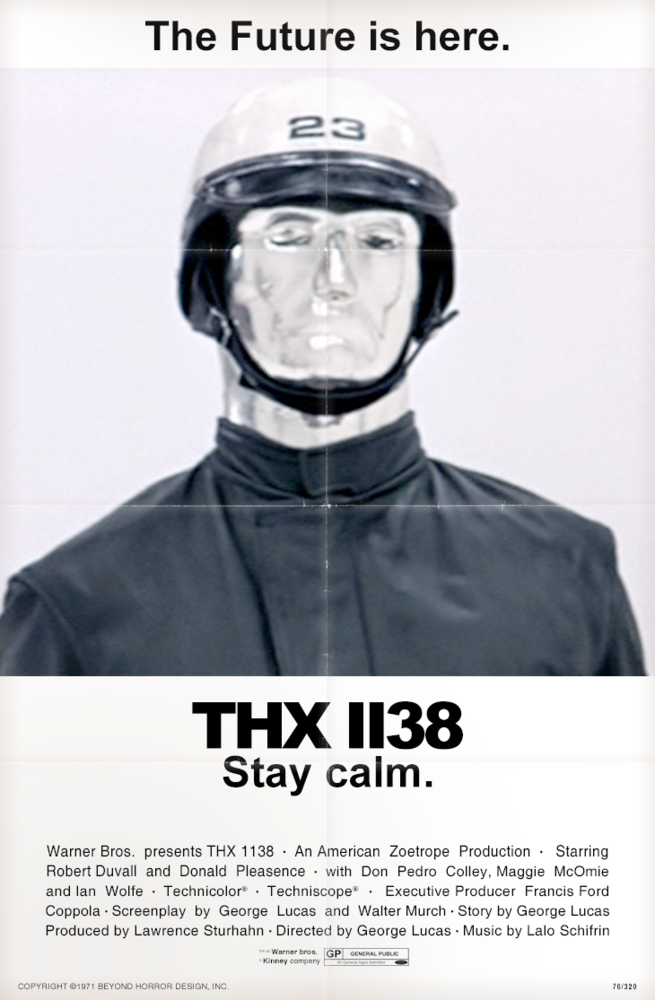

The dystopian world of “The Machine Stops” therefore is, on one level, a pessimistic reflection on the dramatic societal transformations that the Second Industrial Revolution (1870-1914) was causing at the time of its writing. Many of the features of the society in “The Machine Stops”-long-distance video calling, on-demand musical recordings, remote lectures, air-ships-are simply more advanced developments of these technologies that already existed in rudimentary form at the time of the story’s writing (1909). Major innovations of this period included the telephone (1876), the radio (1895), the phonograph (1877), films (1895), cars (1886), and airplanes (1903). “The Machine Stops” was written at a time of rapid technological change. Many of his unpublished novels and short stories were published following his death. During the Second World War, he broadcasted anti-Nazi talks for the BBC, and after the war wrote the libretto for Benjamin Britten’s opera Billy Budd. He published two essay collections, Abinger Harvest (1936) and Two Cheers for Democracy (1951).

In 1934, he became president of the National Council for Civil Liberties. His second story collection, The Eternal Moment, was published in 1928. He published a book on writing, Aspects of the Novel, in 1927. In 1926, he started a relationship with a London policeman, Harry Daley. His final novel, A Passage to India (1924), received widespread critical acclaim. After the war, he briefly worked as a newspaper writer and editor, before again visiting India, where he worked as a private secretary to the Maharaja of Dewas from 1921-22. During the First World War, he worked for the Red Cross’s Wounded and Missing Bureau in Egypt. In 1913, his encounter with the openly gay socialist activist Edward Carpenter inspired his posthumously published novel of homosexual love, Maurice (1971). In 1912, he visited India, an experience that would later inspire A Passage to India (1924) and The Hill of Devi (1953). In 1911, Forster published The Celestial Omnibus, his first collection of short stories. In 1905, he published his first novel, Where Angels Fear to Tread, followed by The Longest Journey (1907), A Room with A View (1908), and Howards End (1910). After graduation, he worked as a lecturer at the Working Men’s College, Cambridge, and the University of London. From 1897 to 1901, he attended Cambridge University, studying classics and history. His father, an architect, died of tuberculosis when he was a baby, so he was raised by his mother and aunts.


 0 kommentar(er)
0 kommentar(er)
